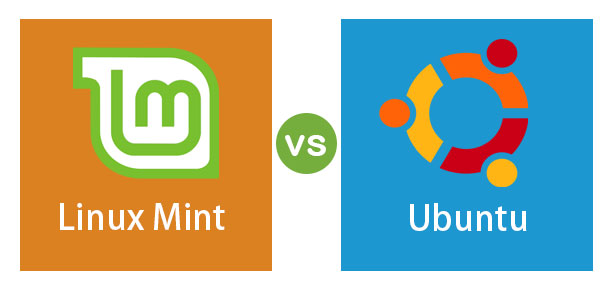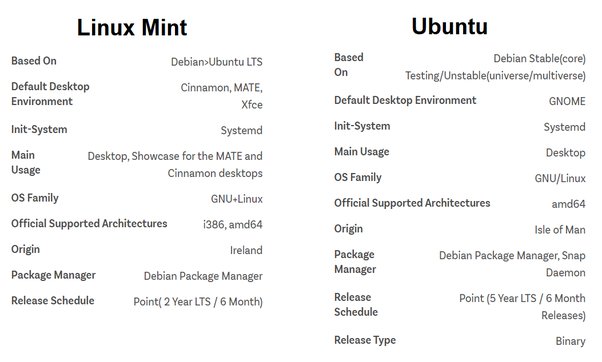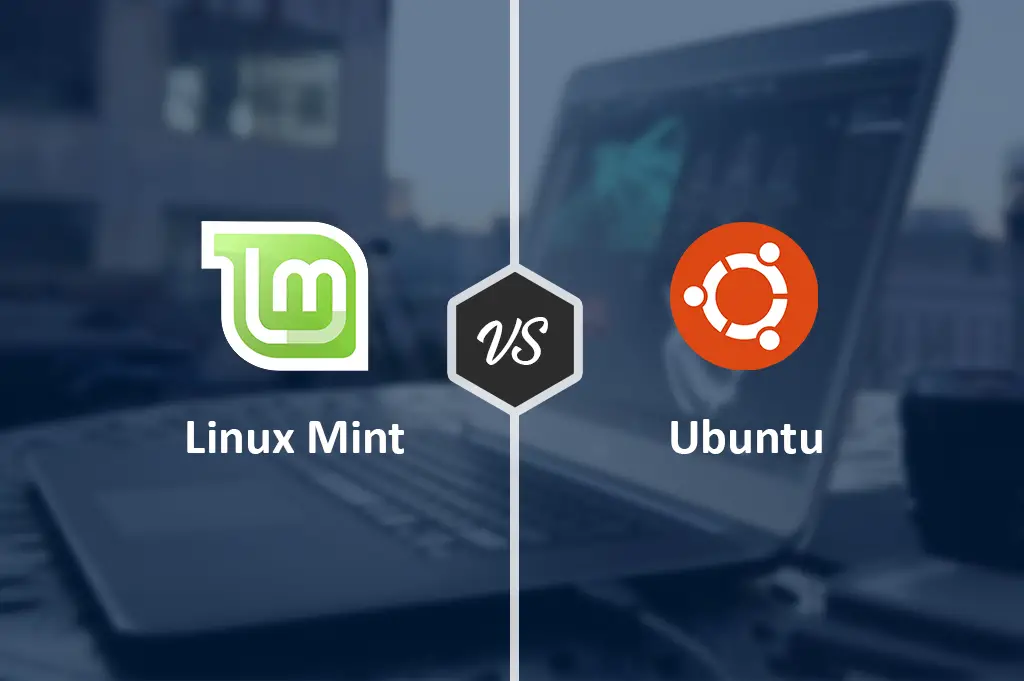Ubuntu Vs. Mint: The Ultimate Linux Dilemma

When delving into the vast world of Linux distributions, two prominent choices often dominate the landscape: Ubuntu and Mint. Both renowned for their user-friendliness, stability, and extensive software collections, deciding between them can be a perplexing dilemma. This article aims to elucidate the key differences between these popular Linux distros, empowering you to make an informed decision that aligns with your specific needs and preferences.

Ubuntu: The Mainstream Giant

Ubuntu, developed by Canonical, is widely recognized as one of the most popular Linux distributions. It is known for its sleek and intuitive Unity desktop environment, which provides a streamlined and visually appealing user experience. Ubuntu’s vast software repository, known as the Ubuntu Software Center, makes it effortless to install and manage applications.
Pros:
- User-friendly interface with intuitive navigation.
- Comprehensive software library with a wide selection of packages.
- Extensive online documentation and community support.
- Suitable for both novice and experienced Linux users.
Cons:
- Privacy concerns due to telemetry data collection.
- Relatively heavy system resource consumption.
- Default Unity desktop environment may not appeal to all users.
Mint: The Polished Challenger
Mint is a community-developed distribution based on Ubuntu. It aims to offer a more traditional desktop experience, prioritizing ease of use and customization. Mint utilizes the Cinnamon desktop environment, which is inspired by GNOME 2 and provides a familiar layout for users accustomed to Windows or macOS.
Pros:
- Familiar and intuitive desktop environment reminiscent of traditional operating systems.
- Extremely lightweight and efficient, suitable for older or less powerful hardware.
- Strong focus on user customization and personalization.
- Excellent privacy and security features, with no telemetry data collection.
Cons:
- Somewhat limited software repository compared to Ubuntu.
- Less comprehensive documentation and online support compared to Ubuntu.
- May not be as suitable for absolute Linux beginners.
Choosing Between Ubuntu and Mint
The choice between Ubuntu and Mint ultimately depends on your individual preferences and technical capabilities. If you value user-friendliness, a vast software library, and extensive community support, Ubuntu remains an excellent choice. However, if you prioritize privacy, a lightweight and customizable experience, and a traditional desktop environment, Mint offers a compelling alternative.
For those new to Linux, Ubuntu’s intuitive Unity desktop and comprehensive documentation provide a gentler learning curve. More experienced users seeking a highly customizable and privacy-conscious distro may gravitate towards Mint’s streamlined approach and robust security features.

This is a great article! I’ve been using Ubuntu for years, but I’m thinking about switching to Mint. I like the way Mint looks and feels, and I’ve heard that it’s more stable than Ubuntu.
I’ve used both Ubuntu and Mint, and I prefer Ubuntu. I find it to be more user-friendly and stable.
I’ve never used Mint, but I’m a big fan of Ubuntu. It’s a great operating system that’s easy to use and customize.
I think Ubuntu is better than Mint because it has a larger community and more support.
I’m not sure which is better, Ubuntu or Mint. I’ve never used either one.
I think Mint is better than Ubuntu because it’s more stable and has a better user interface.
I’m a big fan of Ubuntu. I’ve been using it for years and I’ve never had any problems with it.
I think Ubuntu is better than Mint because it has a larger community and more support.
I’ve never used Mint, but I’m a big fan of Ubuntu. It’s a great operating system that’s easy to use and customize.
I think Mint is better than Ubuntu because it’s more stable and has a better user interface.
I’m not sure which is better, Ubuntu or Mint. I’ve never used either one.
I think Ubuntu is better than Mint because it has a larger community and more support.
I’ve never used Mint, but I’m a big fan of Ubuntu. It’s a great operating system that’s easy to use and customize.
I think Mint is better than Ubuntu because it’s more stable and has a better user interface.